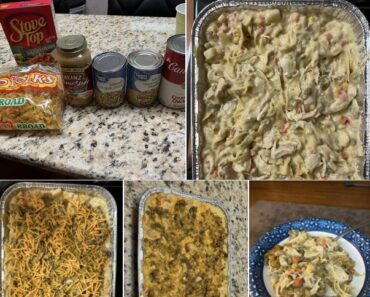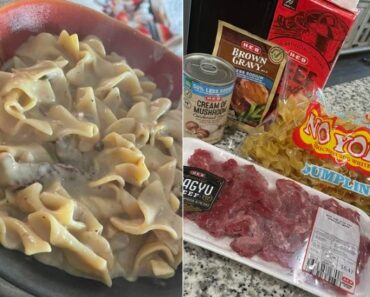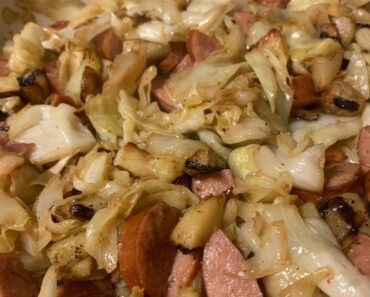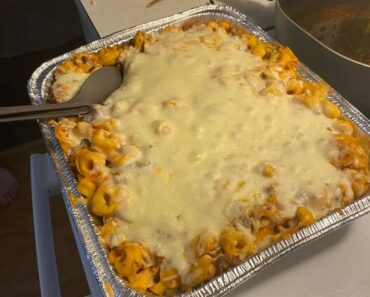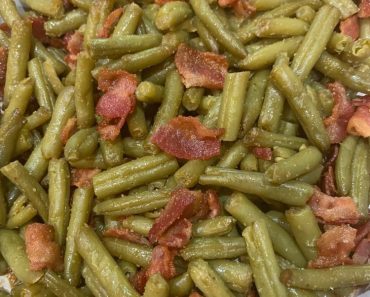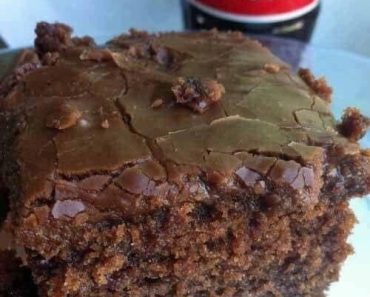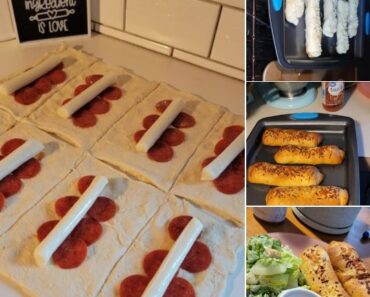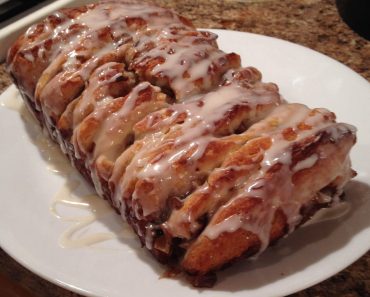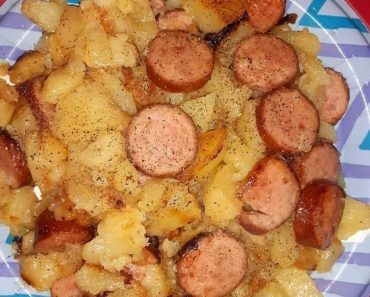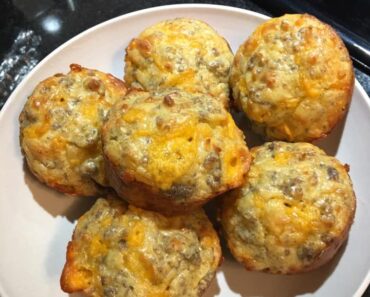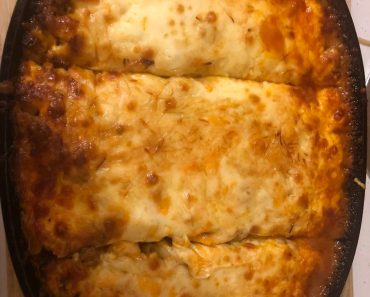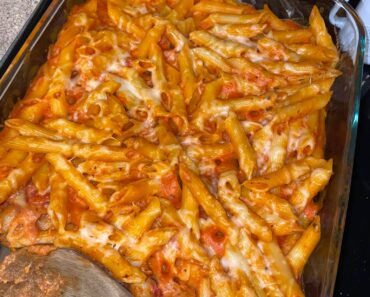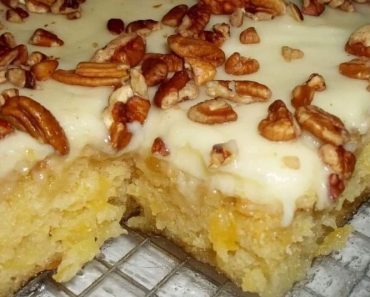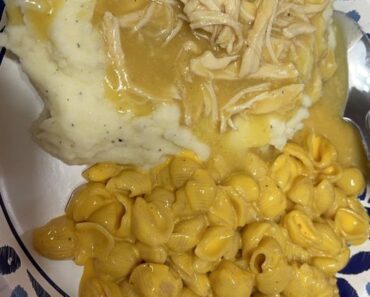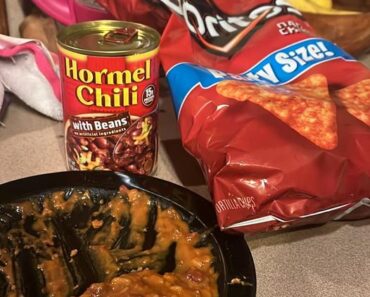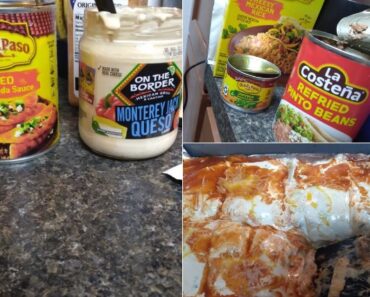
Pepperoni pizza pasta
Low-Carb Pepperoni Pizza Pasta Bake
Ingredients:
- 1 box of low-carb pasta substitute (almond flour, coconut flour, or zucchini noodles)
- 1-2 jars of low-carb or sugar-free marinara sauce (depending on preference)
- 3/4 cup of turkey pepperoni slices
- 1 lb of lean ground turkey or chicken
- 1 cup of shredded mozzarella cheese
- Optional additional toppings: sliced mushrooms, bell peppers, onions
Directions:
- Preheat the oven to 350°F (175°C).
- Cook the low-carb pasta substitute according to the package instructions. Drain and set aside.
- In a skillet over medium heat, cook the ground turkey or chicken until browned and fully cooked. Drain any excess fat.
- In a large mixing bowl, combine the cooked pasta substitute, cooked ground turkey or chicken, and marinara sauce. Mix until well combined.
- Transfer the mixture into a casserole dish, spreading it out evenly.
- Sprinkle the shredded mozzarella cheese on top of the pasta mixture.
- Arrange the turkey pepperoni slices on top of the cheese.
- If desired, add optional additional toppings such as sliced mushrooms, bell peppers, or onions.
- Bake in the preheated oven for approximately 15 minutes, or until the cheese is melted and bubbly.
- Once baked, remove from the oven and let it cool for a few minutes before serving.
Enjoy your delicious and low-carb pepperoni pizza pasta bake! Feel free to customize the recipe with your favorite low-carb toppings for added flavor and variety
Tips for Making Low-Carb Pepperoni Pizza Pasta Bake:
- Choose the Right Pasta Substitute: Opt for a low-carb pasta substitute like almond flour, coconut flour, or zucchini noodles to keep the dish keto-friendly. These alternatives are lower in carbohydrates compared to traditional wheat-based pasta, making them ideal for a low-carb diet.
- Watch the Sauce: Be mindful of the marinara sauce you use. Look for low-carb or sugar-free options to minimize the carbohydrate content. You can also make your own marinara sauce using fresh tomatoes, garlic, herbs, and olive oil for a healthier, lower-carb alternative.
- Lean Protein: Use lean ground turkey or chicken instead of beef to reduce the fat content of the dish. Lean proteins are not only healthier but also help keep the overall calorie count lower. You can also add other lean protein sources like grilled chicken breast or shrimp for variety.
- Load Up on Veggies: Incorporate plenty of vegetables into the dish to boost its nutritional value and add flavor and texture. Consider adding sliced mushrooms, bell peppers, onions, spinach, or any other low-carb veggies of your choice. These additions will provide fiber, vitamins, and minerals without significantly increasing the carb count.
- Layering for Flavor: When assembling the casserole, layer the ingredients evenly for maximum flavor distribution. Start with the pasta mixture as the base, followed by a layer of shredded mozzarella cheese, then arrange the turkey pepperoni slices on top. Add any additional toppings like sliced mushrooms or bell peppers before baking.
- Don’t Overdo the Cheese: While cheese adds richness and flavor to the dish, it’s important not to go overboard, especially if you’re watching your calorie intake. Stick to the recommended amount or adjust according to your preferences.
- Customize to Taste: Feel free to customize the recipe to suit your taste preferences and dietary needs. You can add herbs and spices like basil, oregano, or red pepper flakes for extra flavor without adding extra carbs. Experiment with different toppings and seasonings to create your own unique version of the dish.
- Portion Control: Keep portion sizes in check to avoid overeating, especially if you’re trying to manage your carbohydrate intake. Enjoy a moderate serving of the low-carb pepperoni pizza pasta bake alongside a side salad or steamed vegetables for a balanced meal.
FAQ: Low-Carb Pepperoni Pizza Pasta Bake
Q: What is a low-carb pasta substitute, and where can I find it? A: Low-carb pasta substitutes are typically made from ingredients like almond flour, coconut flour, or zucchini noodles. You can find these alternatives in the health food section of most grocery stores or specialty health food stores. Alternatively, you can also make your own low-carb pasta at home using recipes available online.
Q: Can I use regular pasta instead of a low-carb substitute? A: While you can certainly use regular pasta if you prefer, it will significantly increase the carbohydrate content of the dish. If you’re following a low-carb diet, it’s best to stick with the recommended low-carb pasta substitute to keep the dish in line with your dietary goals.
Q: How do I know if a marinara sauce is low-carb or sugar-free? A: When selecting a marinara sauce, check the nutrition label for the carbohydrate content per serving. Look for sauces labeled as “low-carb” or “sugar-free,” and be sure to compare different brands to find one that fits your dietary preferences. Additionally, you can make your own marinara sauce at home using low-carb ingredients like tomatoes, garlic, and herbs.
Q: Can I use other types of cheese besides mozzarella? A: Yes, feel free to experiment with different types of cheese to suit your taste preferences. While mozzarella is commonly used in traditional pizza recipes, you can try using cheddar, provolone, or a blend of cheeses for added flavor.
Q: Are there any other low-carb toppings I can add to the dish? A: Absolutely! You can customize the recipe with a variety of low-carb toppings such as sliced mushrooms, bell peppers, onions, olives, or even cooked spinach. Get creative and add your favorite pizza toppings to make the dish your own.
Q: How many servings does this recipe yield? A: This recipe typically yields 4-6 servings, depending on portion size. Adjust the quantities of ingredients accordingly if you need to serve more or fewer people.
Q: Can I prepare this dish ahead of time and bake it later? A: Yes, you can prepare the pasta mixture ahead of time and store it in the refrigerator until you’re ready to bake it. Simply assemble the casserole dish, cover it with foil or plastic wrap, and refrigerate until needed. When you’re ready to bake, remove it from the refrigerator, allow it to come to room temperature, and then bake as directed

